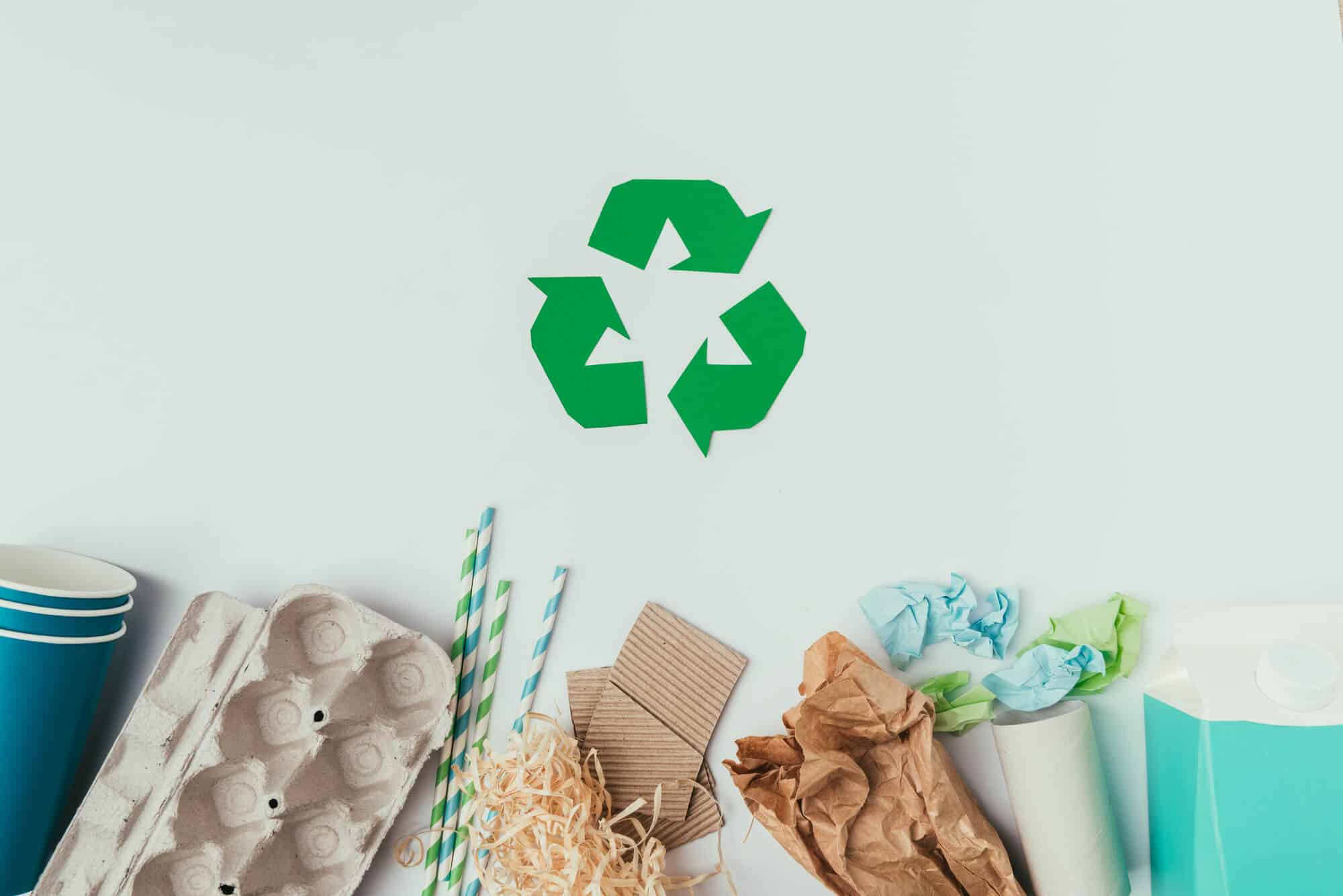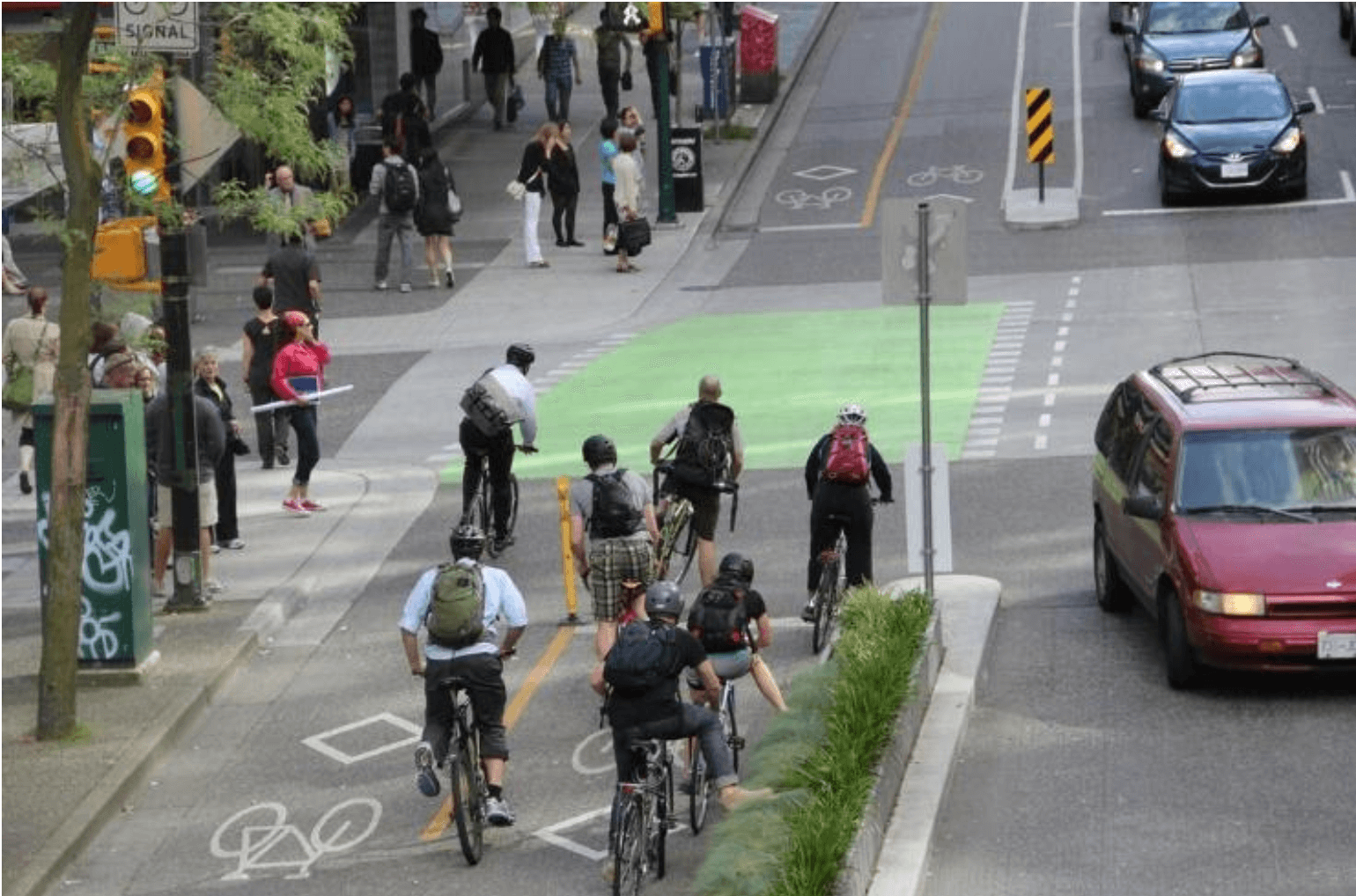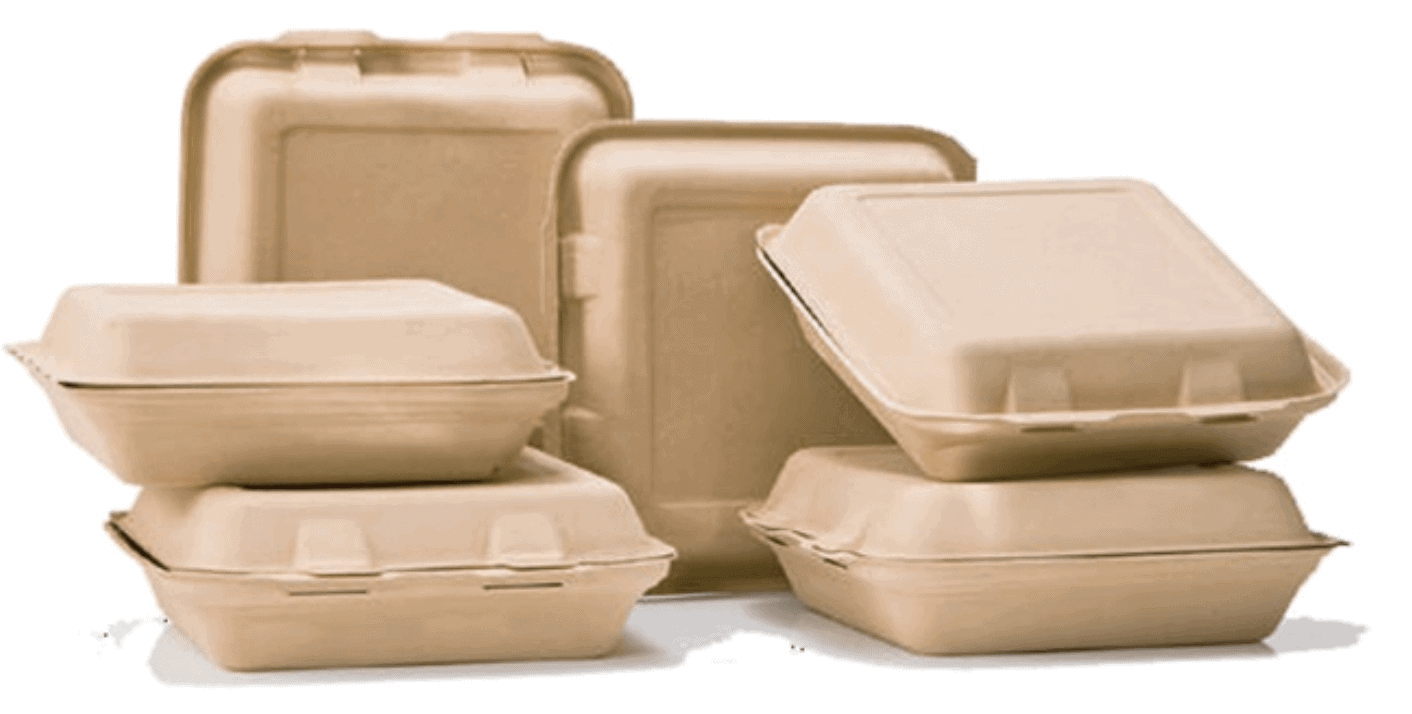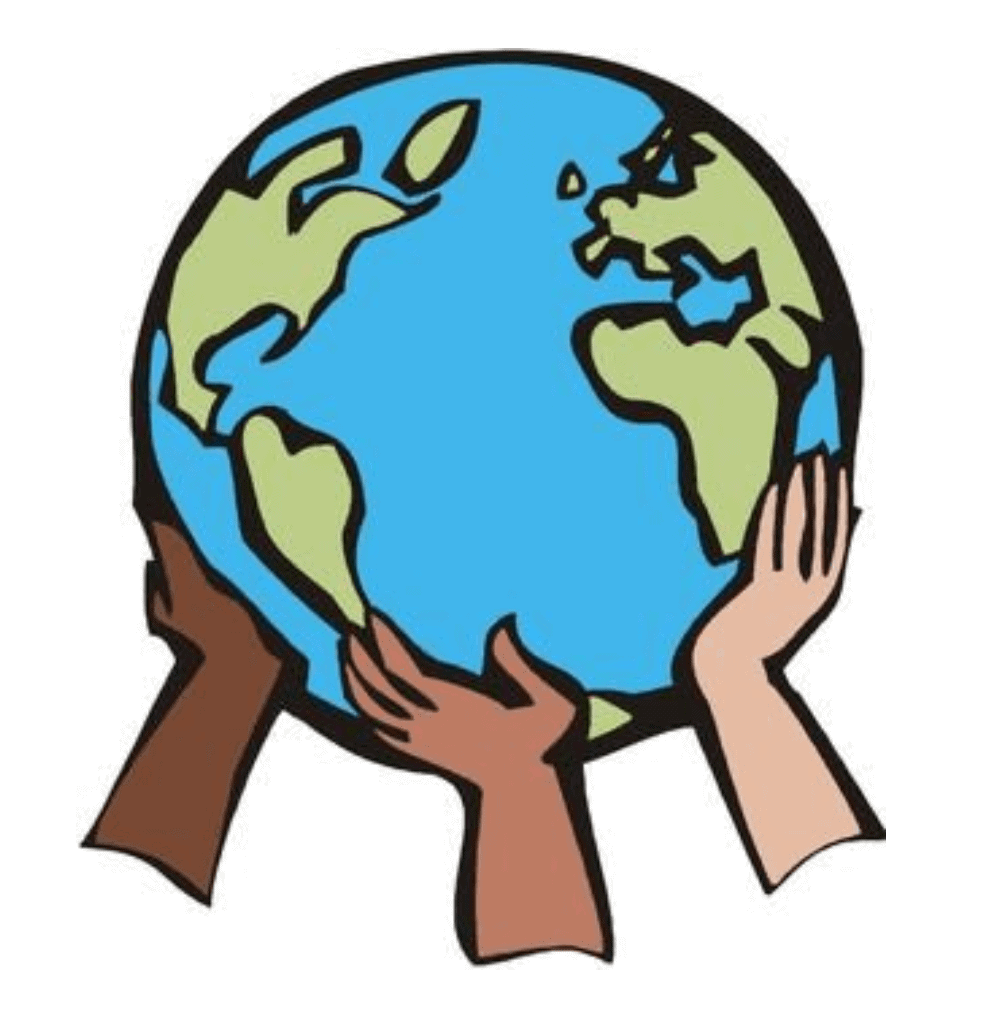
Is Green Design still relevant in a post COVID-19 world?
By Lindsay Anderson and Unatti Sharma, Studio Specialists at POI.
It has taken humanity too long to learn to respect the Earth, and the resources it’s made available to us – and to realize that we cannot take it for granted. And over the last decade, citizens of the Earth have been in a pursuit for an environmentally conscious and sustainable way of living. Despite this increase in our motivation though, changing historically inherited patterns of behavior was a mammoth task requiring stupendous efforts on multi-facets. The changes towards building an environmentally conscious and sustainable ecosystem for all beings has been a slow and steady process. Many companies took Zero Waste by 2020 initiatives and the momentum was really starting to build.
However, no one had planned for what this year would bring us. The repercussions of the COVID-19 Pandemic in some ways set us 10 steps back when it comes to living sustainably due to clean standards/regulations. But in other ways, it also shed light on how our reduced Carbon footprints during lockdown gave back years of quality life to our Planet and we got to witness bluer skies, return of greenery AND wildlife to our communities worldwide. This is what inspired Unatti and I (Lindsay) to spend some time researching on the effects of COVID-19, both good and bad, on our sustainability efforts since March. When doing our research, we started with a global outlook, shifted to local perspectives, and then tried to research ways to keep the sustainability momentum alive. As we write this Unatti is currently situated in India, and I (Lindsay) remain at home in Los Angeles.
ON THE GLOBAL SCALE…
Globally there has been a massive drop in carbon emissions, which subsequently caused a decrease in pollution due to reduced industrial activity and travel. The decreased pollution has shown us thriving wildlife across the globe. We witnessed countries in Asia and Africa having the cleanest air index levels in history. We also noticed that countries in Europe were able to open up wider walking/biking pathways since there was reduced road traffic.
We are sure this is not newfound awareness, but the real question is – how are we as citizens of the Earth going to keep up these efforts up as we navigate back into our new normal, especially once business activities start picking up again? Are people going to feel safe traveling to work via subway instead of taking their car?
I (Lindsay) decided to take a poll on my personal Instagram account to see what my followers would prefer doing if I were to go back to working in the office tomorrow. 200 followers participated in the poll, most living in Los Angeles county, some in Minnesota and a few in New York. These are the results I received:
If your commute to work prior to COVID was public transportation, would you resume public transportation or drive yourself?
91% said they would drive themselves, while 9% said they would take public transportation – a subway or bus ride.
If you had to carpool with a non-family member, would you carpool or drive alone?
30% said they would carpool, while the remaining 70% said they would drive alone.
If you and a family member were to commute to either the same location or a similar location, would you carpool or drive alone?
78% said they would carpool and the other 22% said they would drive alone.
If you lived less than a mile away from your office, would you walk to work or take public transportation? *weather was asked to not be considered*
88% said they would walk and 12% said they would take public transportation.
If there were larger, safer bike lanes, would you bike or drive? *again, weather was asked to not be considered*
Only 38% said they would ride their bikes and the remaining 62% said they would still drive.
We were not really shocked to see these numbers. You can easily tell that people feel safer either in their own vehicles alone/with a family member or walking places. If we were to put COVID aside, the numbers would probably be very similar to these. People like their personal bubbles, and the convenience of having your own personal way of transportation will always be the favored option. I (Lindsay) personally love riding my bike, now if I lived closer to work, I would consider riding my bike to work.
American Bikes held a survey back in 2012 about the importance of maintaining or expanding the funding for public safety with an emphasis on bikers. Back in 2012, it was important because of the high prices of gasoline. Now, fast forward to 2020, we are seeing still seeing this as an important topic. Biking not only will help with social distancing we will see for the foreseeable future, but the health and wellbeing of individuals. It will also be a great help to keep the emission levels at the all-time low we are experiencing.
LOCALLY…
Focusing on California, we as individuals try to make conscious choices a part of our daily lifestyle. One such example is that of encouraging use of reusable grocery bags. When we are out for grocery runs, we typically take a reusable cloth/recycled plastic bag, and if we don’t have it on hand, we are charged 10 cents per grocery bag. Now if you forget your bags every time or would just rather pay for the bags, that’s your prerogative. But the effects it has on our vision for a greener world is substantial when looking at the bigger picture. Not only are reusable grocery bags a constant thought, but so are lunch containers, your go-to Starbucks coffee cups, metal straws, etc. Many industries too are taking the initiative to make the world a cleaner, greener place, but I will stick to the topic at hand – in our locality, has COVID reversed our sustainability efforts, and if so what we can do to keep our sustainability efforts intact.
One of the first things we noticed was the change in restaurants and markets – not being able to bring in your own bags. In relation to restaurants, not being able to sit down, but instead having to order delivery and take out. With the large increase of ordering takeout and deliveries, we need to ensure restaurants are using environmentally friendly takeout containers, like pictured. Sourcing containers of a biodegradable material could help us eliminate the additional waste we are creating as a byproduct of COVID response. In some parts of India where Unatti is currently, for example, food can served/eaten on a banana leaf – which is biodegradable.
Some markets have recently allowed you to bring your reusable bags back into the stores, but is it a permanent solution, or will it be banned again? Instead of using fabrics that are only machine washable, can we use a COVID cleaner that can be sprayed on our bags prior to entering the store that is safe for our foods? The importance of reusable bags, and the ban on single use plastics was a huge step in the right direction prior to COVID undoing some of those efforts.
MEANWHILE AT POI…
Moving onto the rise in working from home. We have seen large businesses offering their staff to work from home through the remainder of the year, some even through July 2021. With the increase of working from home mindset, we may not see that decrease in current air quality.
Embracing the work from home situation from a designer’s eye is an easy shift. Here at POI, we already depend on the power of technology with live design. This reduces our carbon footprint of not having to travel to job sites if we can handle via Microsoft Teams and screen sharing. We have experienced trial and error with the technology at hand, but ultimately have come out on top with the solutions we have for the foreseeable future.
Although there are many pros and cons about working from home, one large aspect to consider is the decrease in square footage in physical spaces. The smaller spaces will help our energy consumption footprints to become smaller.
Having to completely depend on this was not necessarily the most favorable option for someone like myself (Lindsay), who likes to meet clients in person. I miss being able to discussions in person because of the social and personable aspect of being a designer, but not only that. I like to show physical material boards at meetings so clients are able to get better visual and tactile sense of materials and finishes. Yes, shipping materials is an option, and one that we often must take, but we are still thinking of how to reduce those emissions where possible.
Overall, there is a long list of items that we as humans can do to continue down the right path towards a better Earth. We need to continue to do our best remember that we are all in this together. Everyone is going through this adjustment, but our Earth needs to be our sacred place. We need to continue to protect it, at all costs.
Stay tuned for our next blog post, that will feature a few of our manufacturers that have made an effort to make the world and work(place) a cleaner place moving forward.
Lindsay Anderson and Unatti Sharma
Studio Specialists at POI






